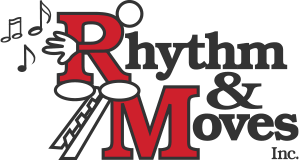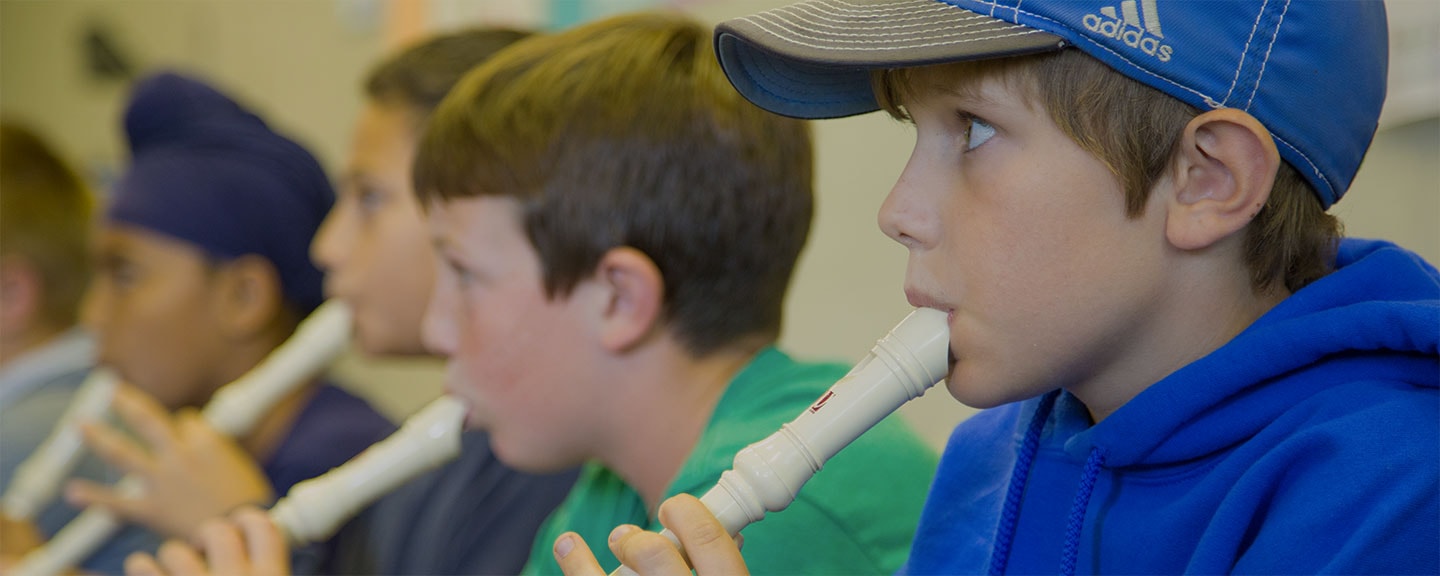Music Education
The Rhythm and Moves music education curriculum teaches students the fundamentals of music theory, composition and history. Students learn to apply these concepts to develop their instrumental and vocal performance skills. The highly qualified, professional and motivated educators provide a music rich experience that will help develop creative expression and positive growth of their mind, body and spirit.
The foundation of our curriculum utilizes McGraw-Hill’s Spotlight on Music, which uses music from around the world to teach music concepts and standards. Throughout the curriculum, content activities are directed to develop the students’ intrinsic motivation toward lifelong music appreciation and basic musicianship.
The general objectives of each lesson are derived from the California Visual and Performing Arts Standards for music education.
At the elementary level our curriculum focuses on reading, notating and performing simple rhythms with body percussion and instruments and simple melodies with instruments combined with their voice. Beginning in third grade students will focus on reading, notating and performing melodies in treble clef on the recorder and other instruments and singing and performing with instruments in parts and harmonies.
At the middle school level the curriculum follows the elementary level standards and objectives taught through rotating units:
- Rhythm reading
- Boomwhacker and chord structures
- Ukulele
- Percussion: hand and bucket drumming
- Rap vignettes
- Music history
Responsibility, self-direction, investigative and cooperative learning scenarios are all present as part of the scaffold of our programming. Lessons are rooted in the belief that learning is achieved through movement and the opportunity to use instruments in conjunction with finding your voice.
Above all, our music curriculum seeks to build life-long music lovers that are continuously curious about music and its effect in their life.

